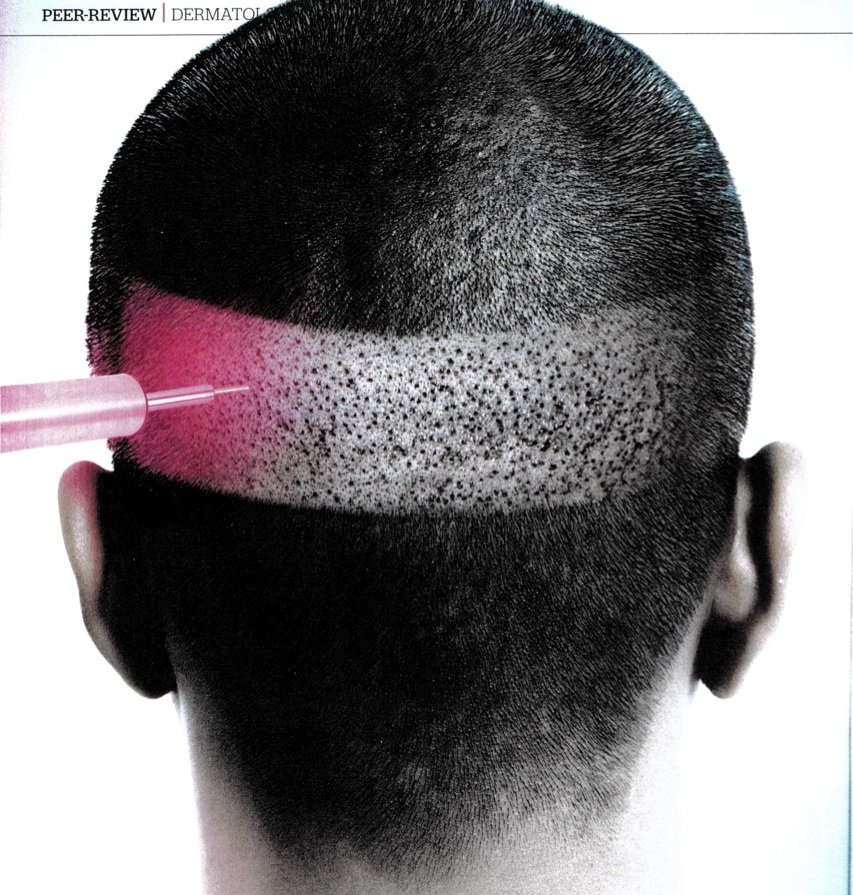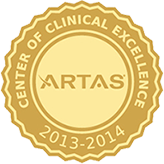In an article in the Prime Dermatology journal, authored by Dr. Chang Jun Huhen, titled “Robotics, Artificial Intelligence, and the Future of Hair Transplantation”, Dr. Huh reviews the evolution of hair restoration surgical options and contrasts that to technological advancements and unique benefits offered by the ARTAS Robotic Procedure.

Over the past 10 years, robotic procedures have enhanced surgical care that doctors give their patients. Robotic systems help surgeons improve the outcome for patients and help reduce manual and repetitive movements, which ensures more accuracy and precision. The use of robots has paved the future for surgeries and will help patients have better experiences. The advantages of minimally robotic procedures appeals to doctors and patients, because of decreased pain and increased recovery time.
Restoration Robotics was founded by physicians and engineers to help develop a solution for hair restoration patients. Robotic technology plays a role in Follicular Unit Extraction (FUE) because it gives patients consistent and safe results, with no visible scarring or long recovery time. The ARTAS Robotic System enables surgeons to give their patients natural-looking outcomes with fast recovery time.
In the past, hair restoration involved Follicular Unit Transplantation (FUT), where a strip of scalp is surgically removed and individual hair grafts are generated by manual dissection. This has been common practice FUT method since the early 90’s. Soon after, manual FUE started, by using small dermal punches to remove single hair grafts directly from donor sites and implant them in the balding scalp area. This was the beginning of a less invasive technique with faster healing time.
The ARTAS Robotic System is a FDA approved, physician controlled, interactive computer-assisted system that enables harvesting of hair follicles during hair restoration. It is the first and only technology that allows physician-controlled, image-guided, robotic assisted FUE. The robot is programmed to be able to do with great precision what physicians can do only with extensive experience. The robot can harvest follicular units in a random pattern, or as a percentage of the total number of follicular units in a designated area. The physician can make changes to dissection depths and angles during the process. Because the robot is making the repetitive actions, it makes the process go much faster.
Benefits of ARTAS Robotic Hair Transplants:
- Robotically precise and consistent
- Reduced treatment time
- Decreased discomfort
- Faster recovery time
- No linear scar
- Undetectable donor area
The robotic system dissect grafts accurately and consistently, thousands of times with acceptably low transection rates of between 4.9%-8%. The ARTAS system will also soon be able to use sophisticated 3D patient modeling and design to help create recipient sites at the rate of 2,000 per hour. The addition of the ARTAS system attracts many patients that would be hesitant to try traditional transplant procedure, and allows physicians to take hair restoration to the next level and produce high patient satisfaction.
Please see the attached article for a more in-depth view of the ARTAS System.




